Echigo-Jofu has been woven for over 1,200 years, and is considered one of the true treasures in Japanese textiles.
Meticulously selected, only the most exquisite threads are chosen to make Echigo-Jofu requiring a full year to produce enough warp threads.
The founder of Ginza Motoji, Koumei Motoji will hereinafter be referred to as Koumei. His son, and the current owner of the store Keita Motoji will be referred to as Keita.
Keita: “When it comes to fine Jofu fabrics, the phrase ‘Echigo in the North, Miyako in the south’ comes to mind. Echigo-Jofu is the jewel in the crown of Japanese textiles.Let's begin with the Yokozuna in the North, Echigo-Jofu”
Koumei: "Those who have spent time in Japan in the summer,
On hot and humid summer days in Japan, the refreshing sensation and sense of happiness when the light fabric allows the breeze to gently pass through are simply irresistible. It is a kimono that captures the admiration of kimono enthusiasts."

"Echigo Jōfu" undergoes the process of "yukisarashi" as part of its production. It possesses a pristine whiteness and a refreshing quality reminiscent of the memory of snow.
Keita: Echigo Jōfu, the textile from Echigo, holds the prestigious title of being the first registered Important Intangible Cultural Property in Japan. It is not only a national treasure but also recognized as a UNESCO cultural heritage.
Koumei: Indeed, some Echigo Jōfu pieces woven 1,200 years ago are even preserved as treasures in the Shōsōin repository. They are truly treasures of Japan. It is even mentioned in the Edo period bestseller "Hokuetu-Setsuho," Echigo Jōfu is a gift from the bountiful nature of the snow country.

Bleaching the fabric in the snow purifies the fabric, and produces a bright white color.
*The Shōsō Repository or Shōsō Treasure House, is a wooden building located in Nara, Japan constructed to house the personal treasures left to the Tōdai Temple by Emperor Shōmu, who passed away in 756. The collection consists of undreds of items including Buddhist ritual objects, furniture, musical instruments, textiles, metalwork, lacquerware, cloisonné, glassware, pottery, painted screens, calligraphy, and maps.
* "Hokuetu-Setsuho" is a famous book from the Edo period that discusses the beauty of the snowy region of Echigo and highlights Echigo Jōfu as a special product of the area.
Keita: Even as a young child I remember my you(Koumei) coming back from his visits to production regions from all over Japan, by the time I had finished primary school he had been all around the country more than I could count.
Koumei: At that time, there was no google, no compilations of information about each kimono production area and the kimonos themselves. I was thrity to know more about each kimono and how they were made so I travelled around, met the makers, and learned how the kimono were made. I wanted to see with my own eyes, hear with my own ears, and feel with my own hands. This isstill one of the fundamental principals of Ginza Motoji.

Koumei Motoji wearing a traditional mino, or a straw raincoat and waraji, or straw sandals, maintaining the traditional atmosphere as he lays out the freshly woven jofu over the snow.
Keita: Before being woven into fabric, the thread of Echigo-Jofu is treated with extreme care. Even in the depths of the winter when outside it is covered in a thick blanket of snow, the weavers don’t even turn on the heater. When I asked why, they simply told me, ‘Turning on the heat will dry out the air, making the thread brittle”
Creating and weaving with such ultra-fine threads requires almost saintlike sacrifice.

Echigo Jofu is woven with a Jibata loom which is a requirement for the designation as an Important Intangible Cultural Property. Note the warp threads are tied around the weavers back, resulting them in controlling the tension with their body. This reduces stress on the threads, resulting in a soft and supple drape.
Koumei: All the threads for Echigo Jōfu are exclusively produced in Showa-mura, Fukushima Prefecture, and only those threads that have been recognized as "Top Grade" in the thread evaluation competition can be used for making Echigo-Jofu. The raw material, ramie, is a perennial plant, meaning that it can live for many years. Despite this, to maintain the quality of the plant, it is still cultivated from scratch every year through the traditional method of slash-and-burn farming. It takes approximately one year for the warp threads and about 10 months for the weft threads to be spun for a single kimono fabric. Moreover, the number of skilled artisans capable of producing fine and uniform threads is decreasing year by year.

Another requirement for the designation as an Important Intangible Cultural Property is that all the threads must be hand-spun from ramie fibers. The spinning of these threads is carried out by experienced craftspeople who have dedicated several decades to this craft. However, there is a critical shortage of successors in this field, posing a crisis for the preservation of the tradition.

On the left is the fiber of ramie before hand-spinning. Each individual fiber is split by hand. As these threads are short, they are connected to make a long thread by skillfully twisting them together.
Keita: I believe there has been concern about the decrease in production volume since the time when you started visiting the production areas, Mr. Chairman. Has the situation changed over the past 20 to 30 years?
Koumei: While it's not ideal to constantly emphasize the rarity of Echigo Jofu, we cannot avoid discussing the production volume when talking about it. In an article from "Kimono Kikou" written in the early 2000s, it was mentioned that the annual production was 34 bolts. However, nowadays it is said to be as low as 10 bolts per year. The aging of the artisans and the lack of successors are inevitable factors.
Increased production or a decrease in price doesn’t seem realistic in the future, as skilled artisans are few are far between. Therefore, It can be a little bit worrying when people say, “I’ll invest in Echigo-Jofu one day”

The process of "yumomi" in the production of Ojiya Chijimi fabric. According to the requirements of a compound sentence, it states, "The squeezing process must be done through yumomi" (This process is not present in plain-woven Echigo kamiko fabric).
Keita: This year we have managed to gather 12 items of Echigo-Jofu, 7 Kimono and 5 Obi. Not only the customers but the kimono suppliers and kimono wholesalers are impressed with the lineup. I can not emphasise enough how rare and valuable each one of these pieces is, so if you can make the time we would love for you to come and see them.
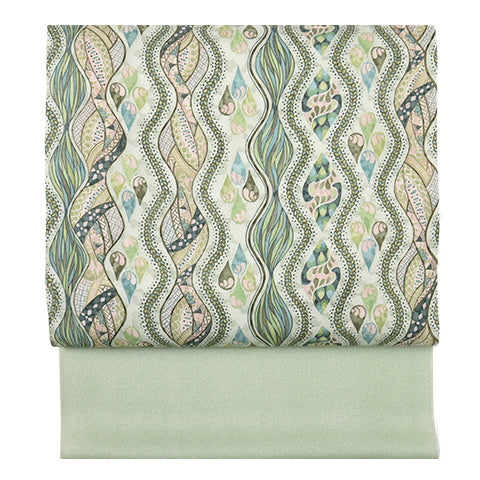 名古屋帯
名古屋帯
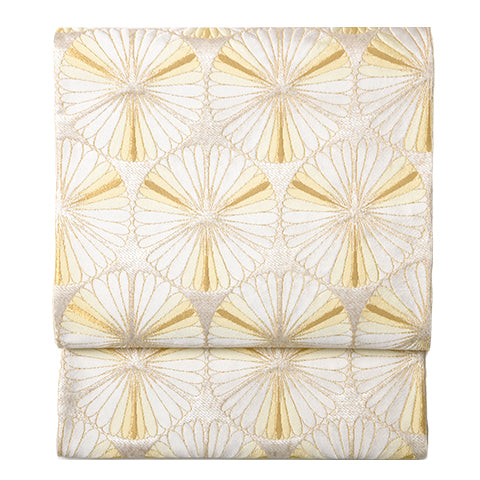 袋帯
袋帯
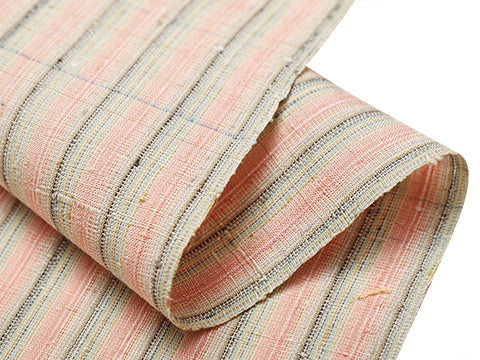 紬・綿・自然布
紬・綿・自然布
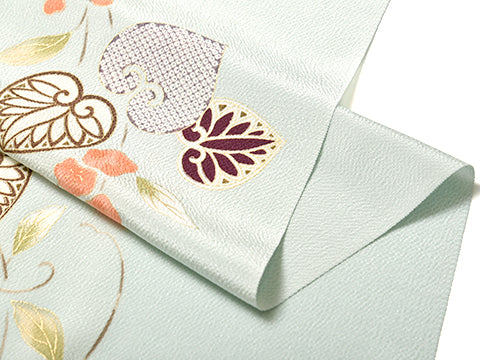 小紋・江戸小紋
小紋・江戸小紋
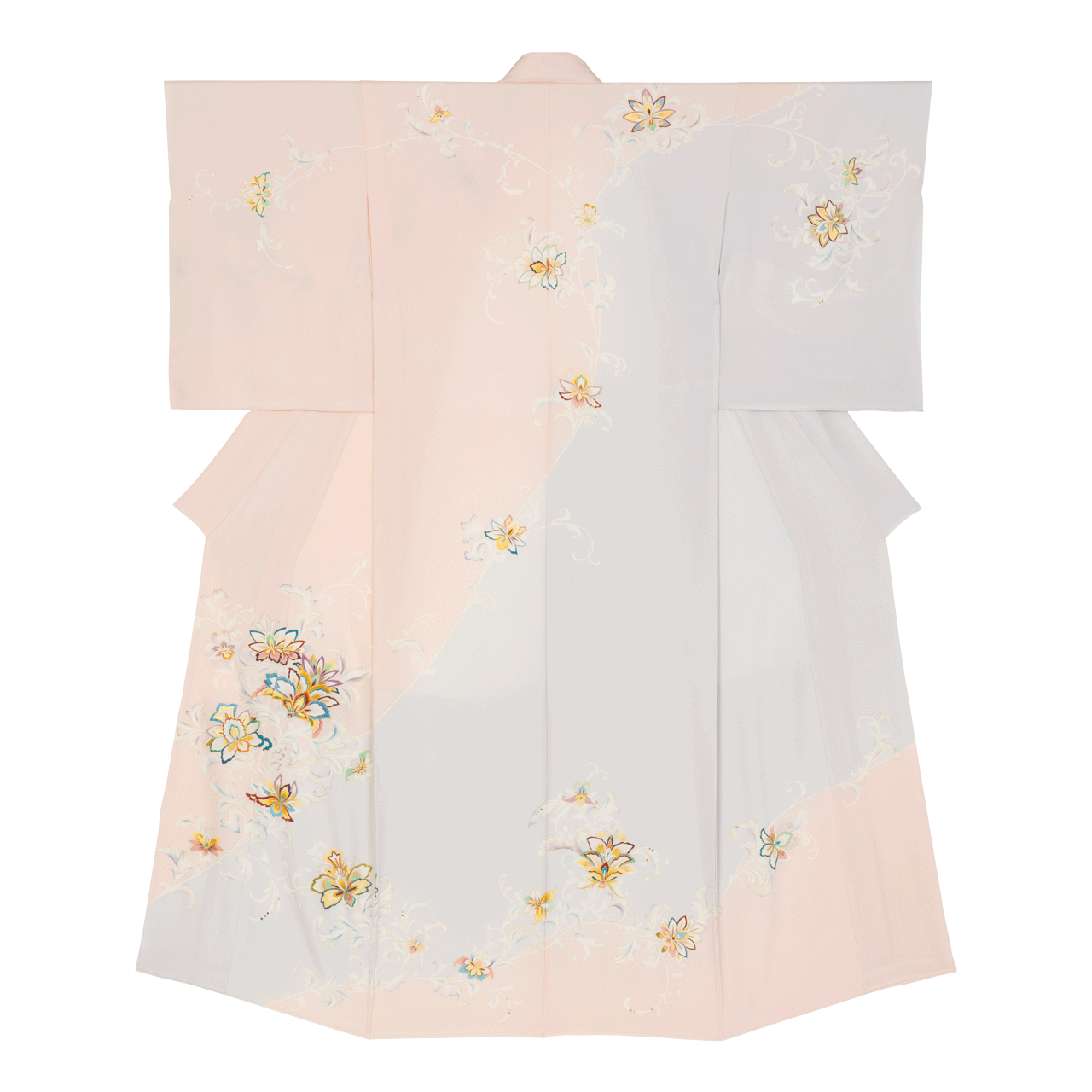 訪問着・付下げ・色無地ほか
訪問着・付下げ・色無地ほか
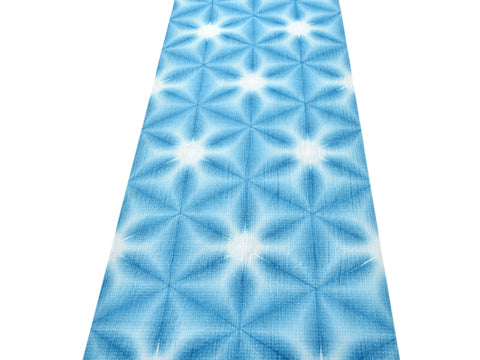 浴衣・半巾帯
浴衣・半巾帯
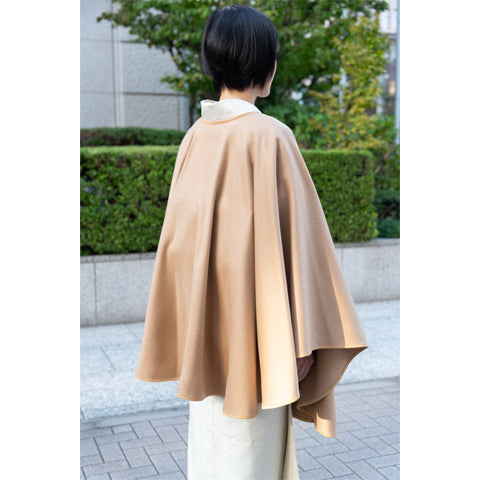 羽織・コート
羽織・コート
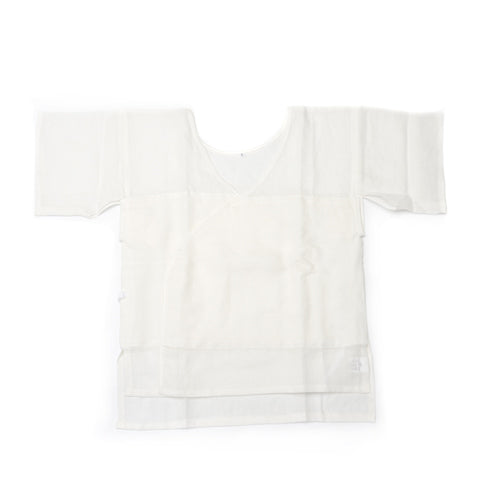 肌着
肌着
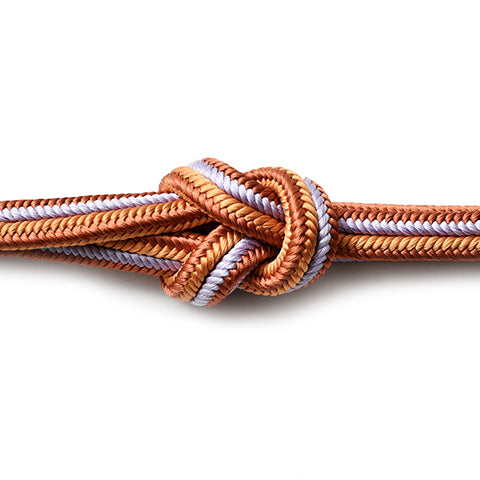 小物
小物
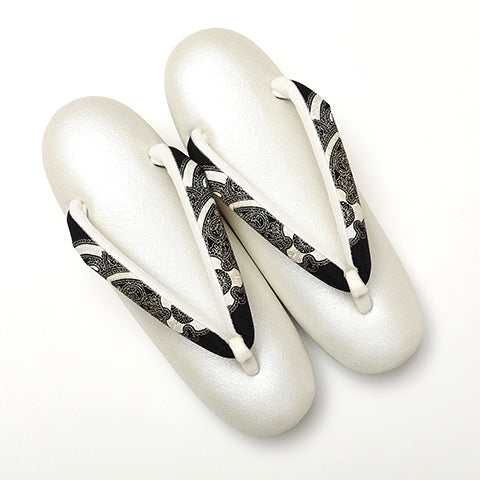 履物
履物
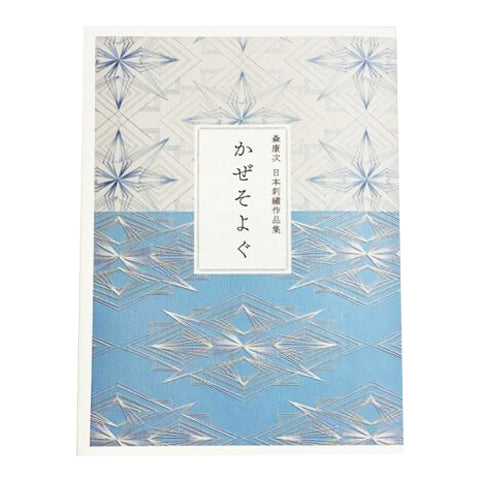 書籍
書籍
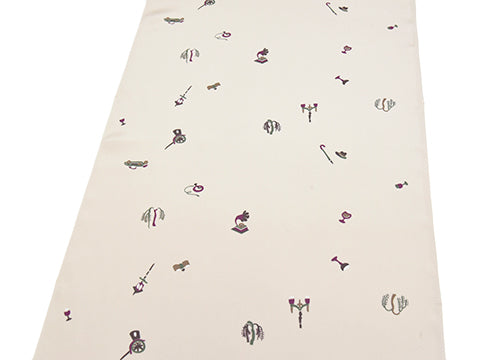 長襦袢
長襦袢
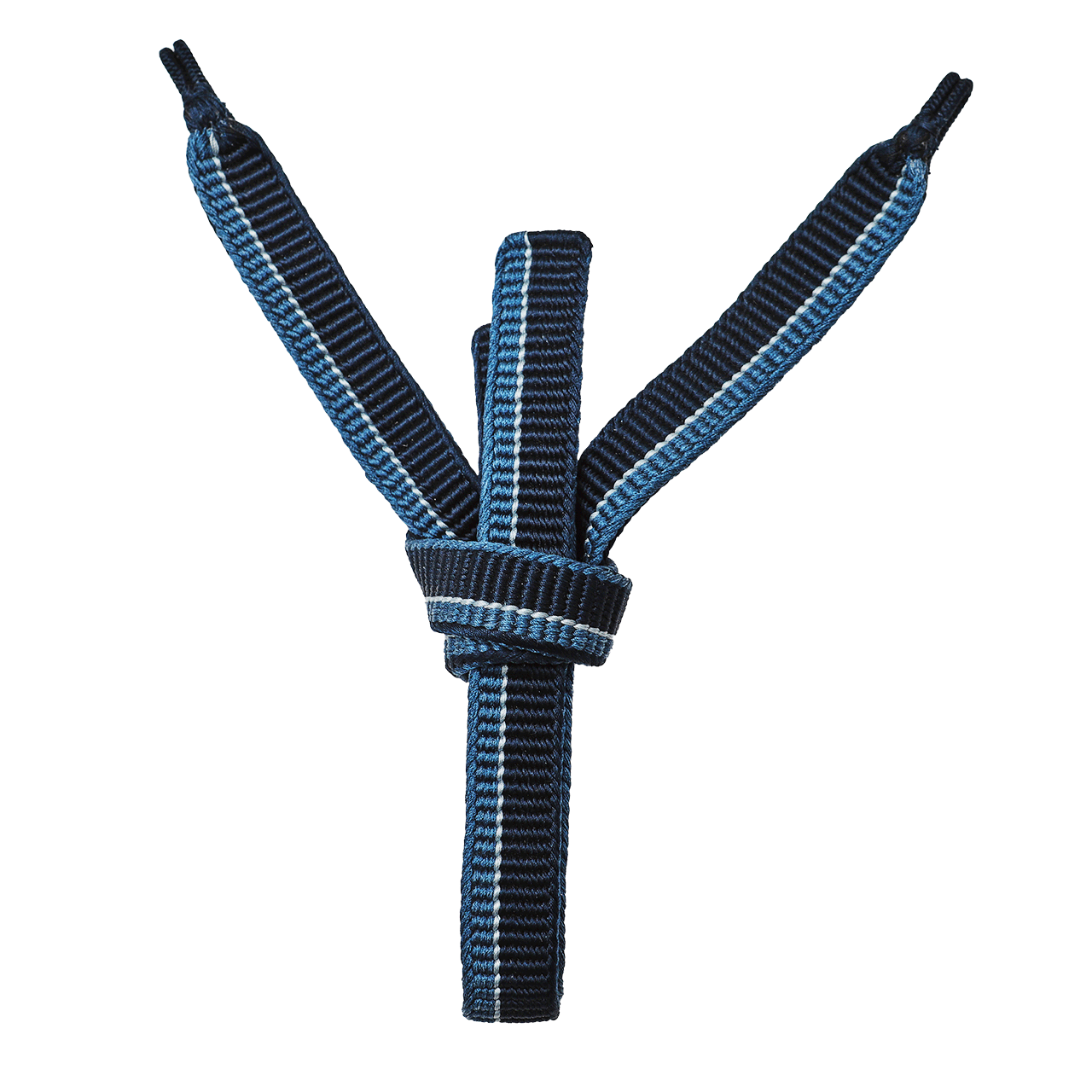 小物
小物
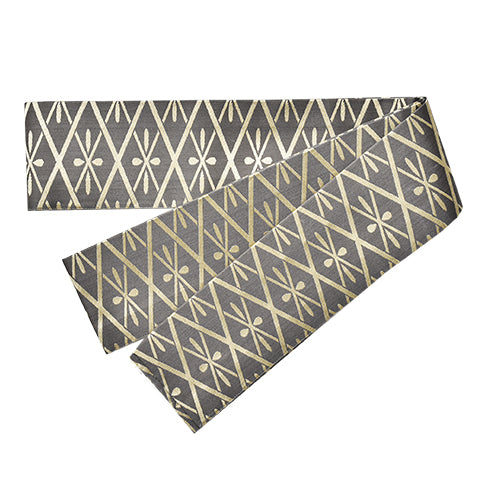 帯
帯
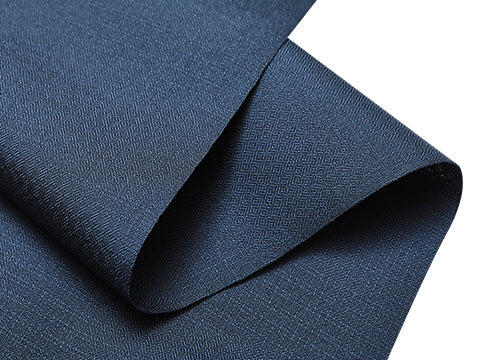 お召
お召
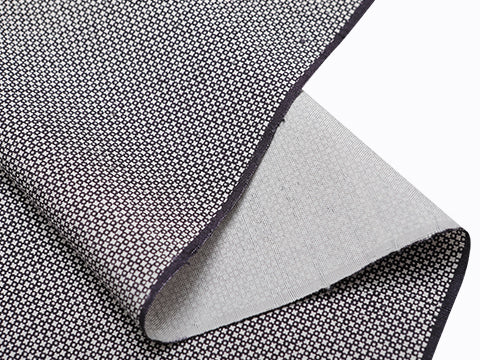 小紋・江戸小紋
小紋・江戸小紋
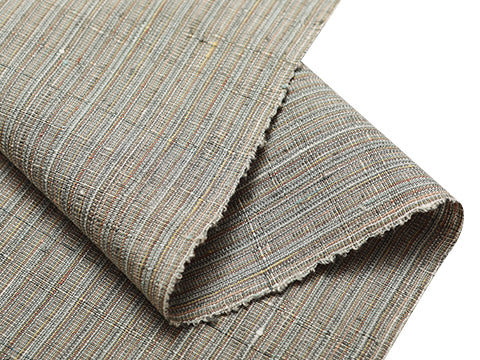 紬・綿・自然布
紬・綿・自然布
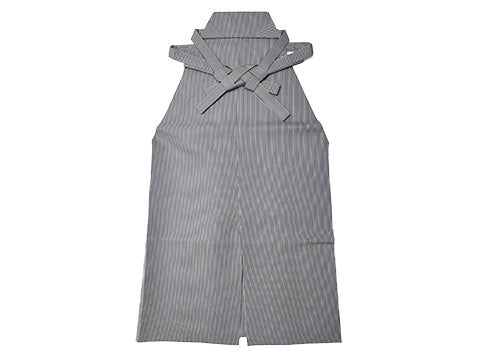 袴
袴
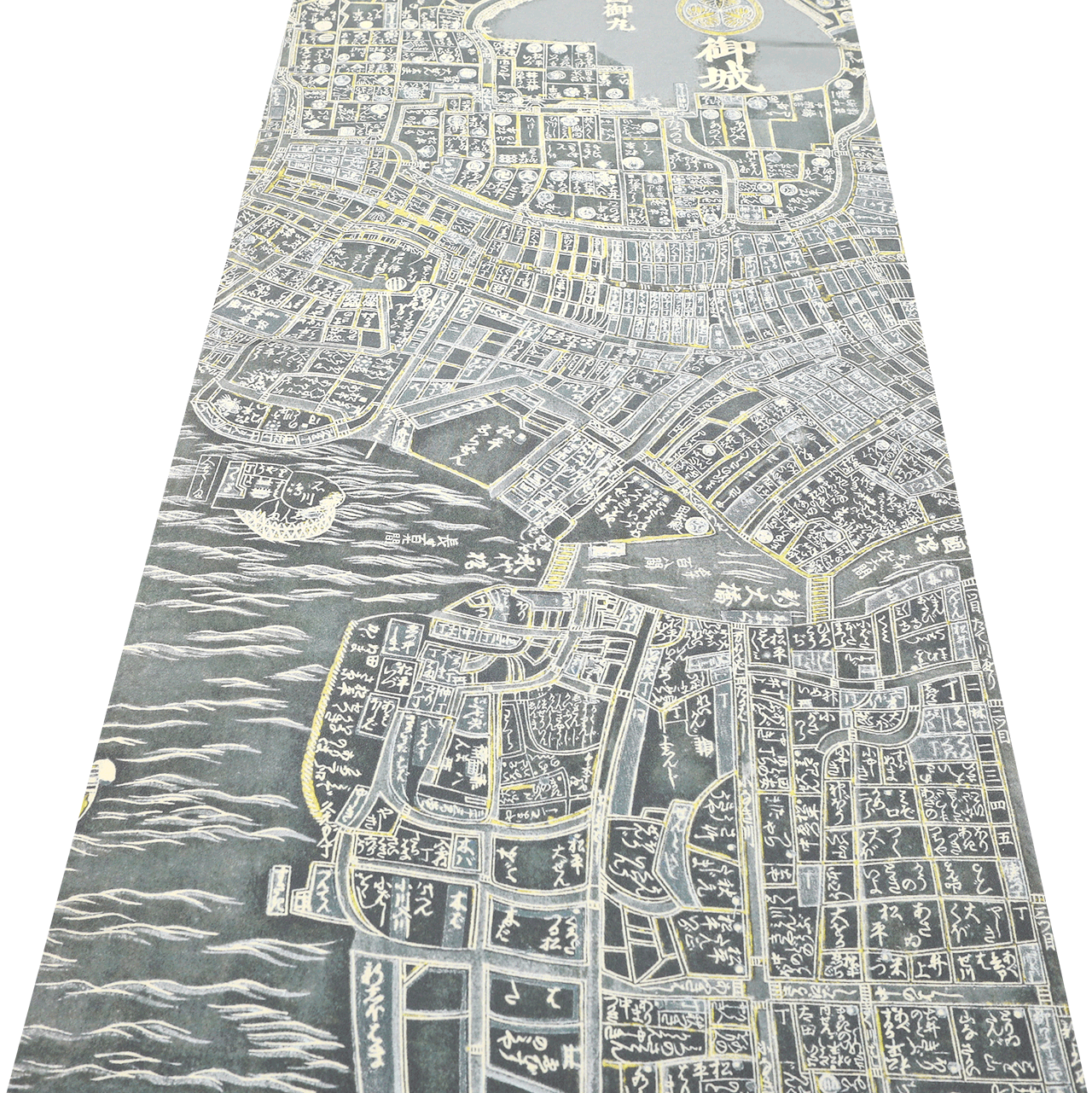 長襦袢
長襦袢
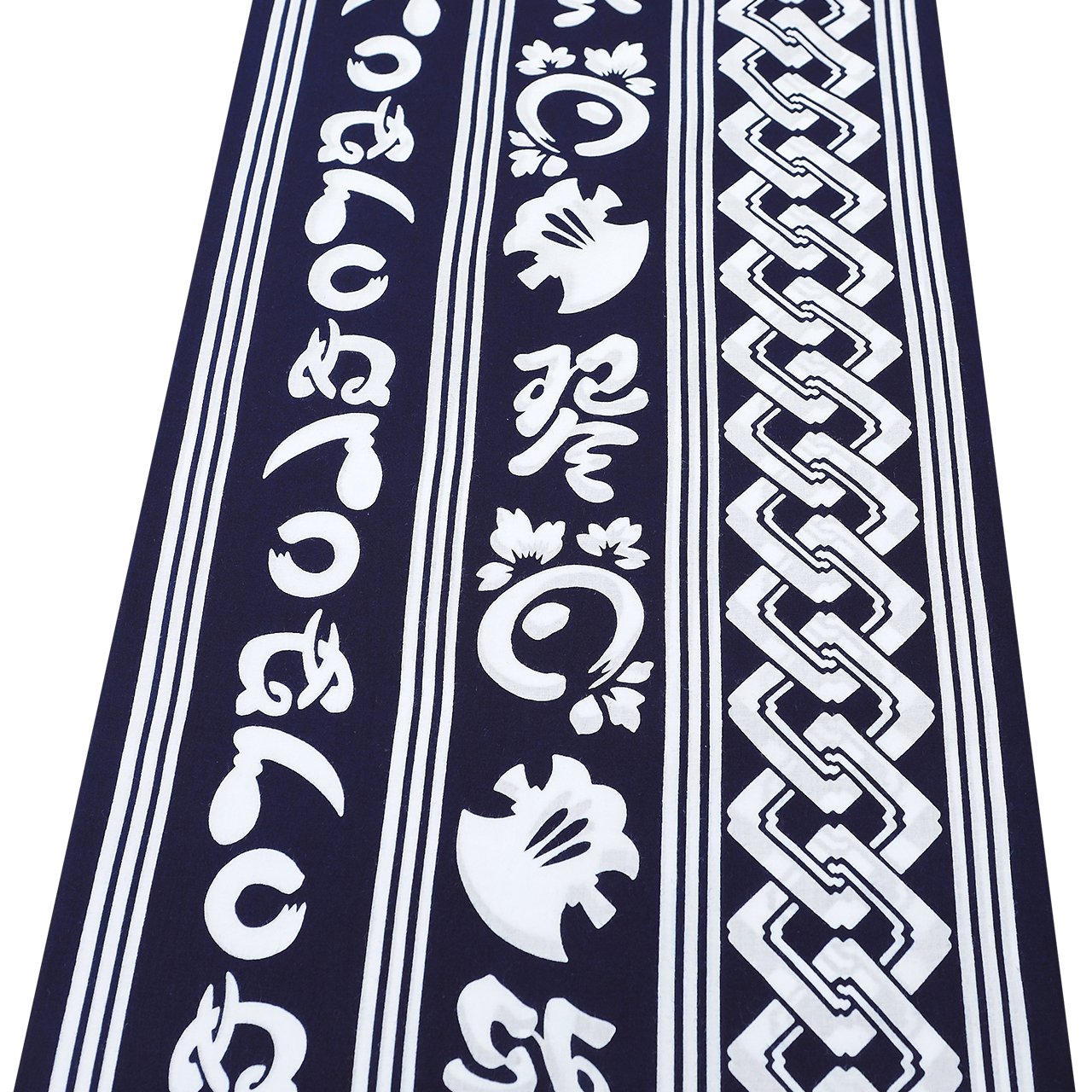 浴衣
浴衣
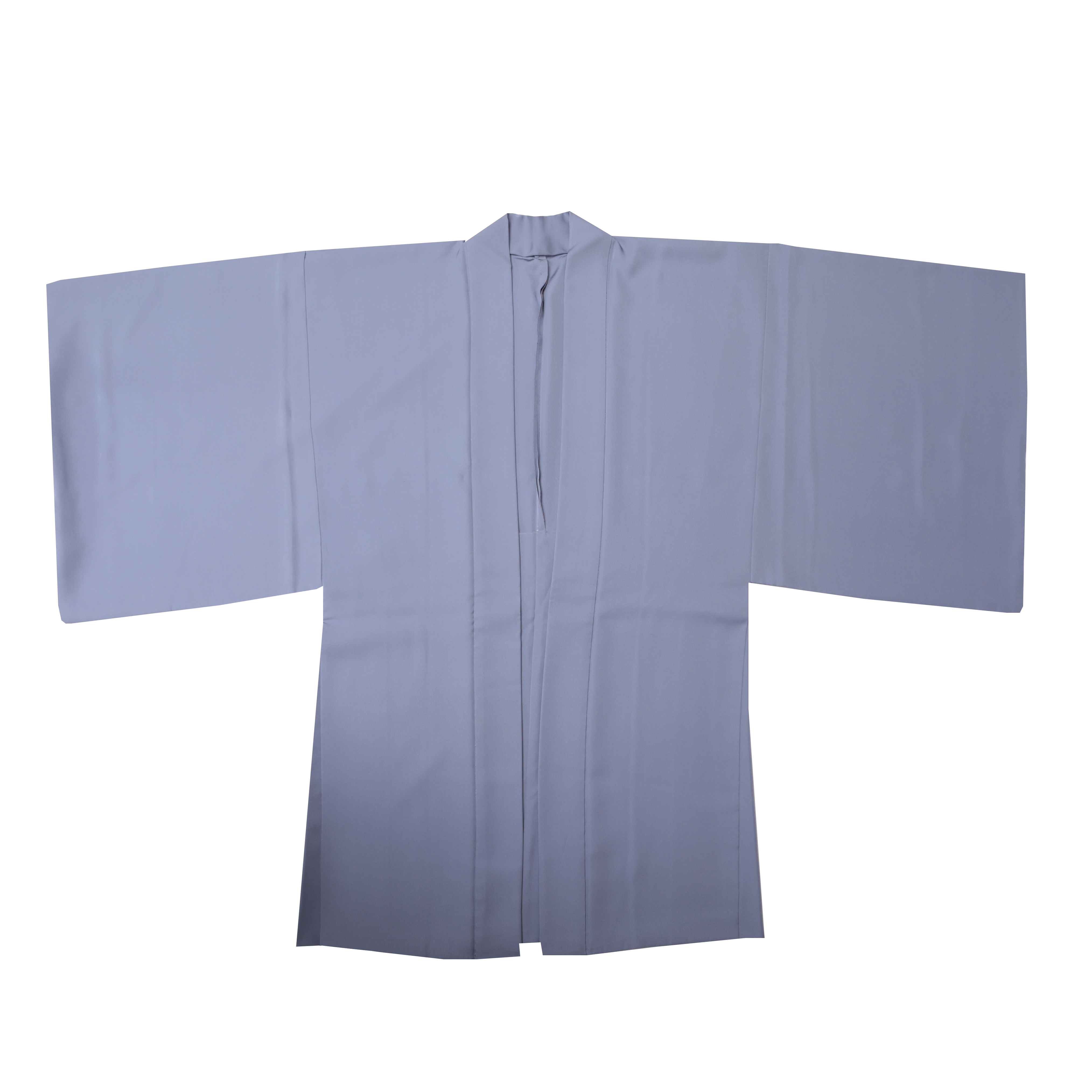 羽織・コート
羽織・コート
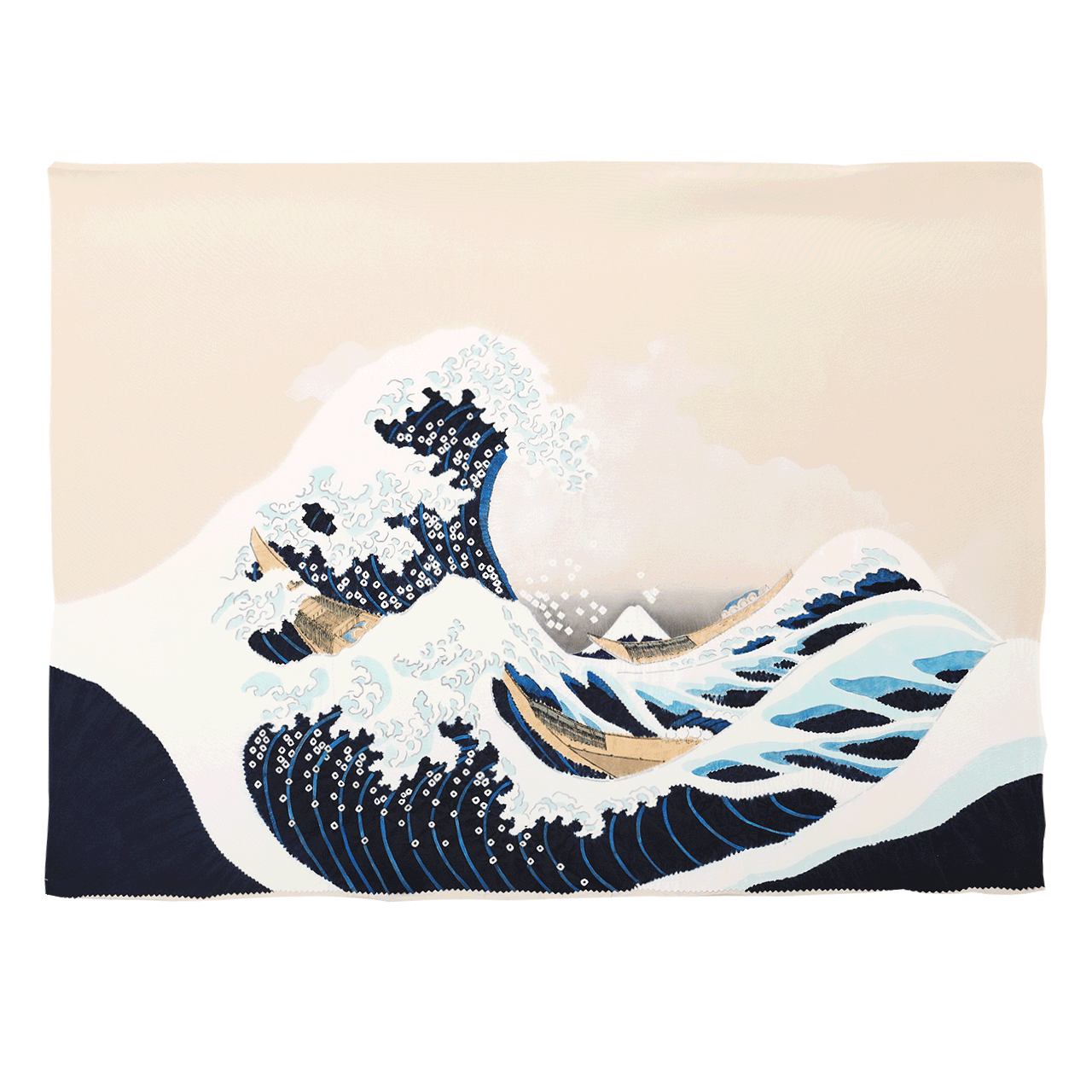 額裏
額裏
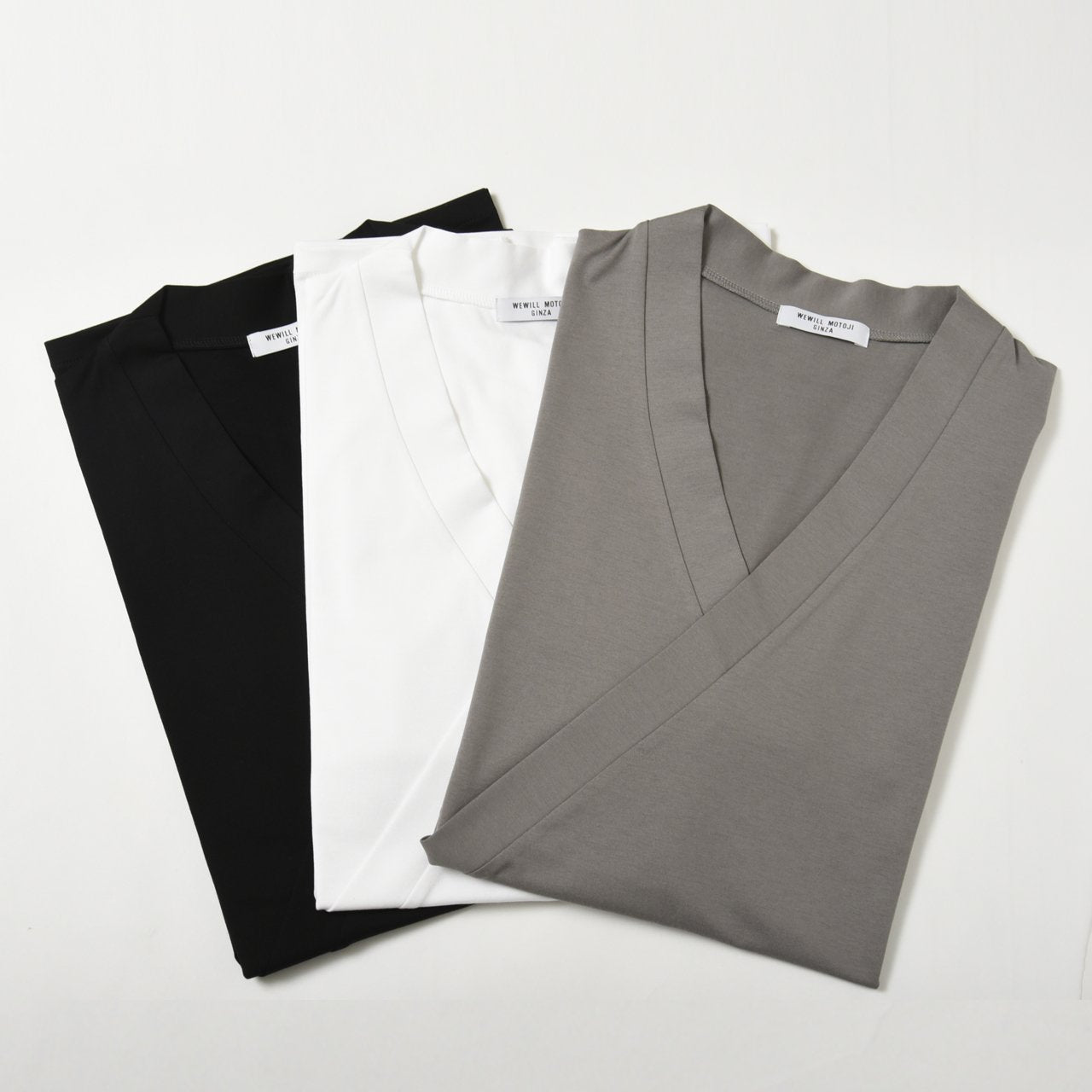 肌着
肌着
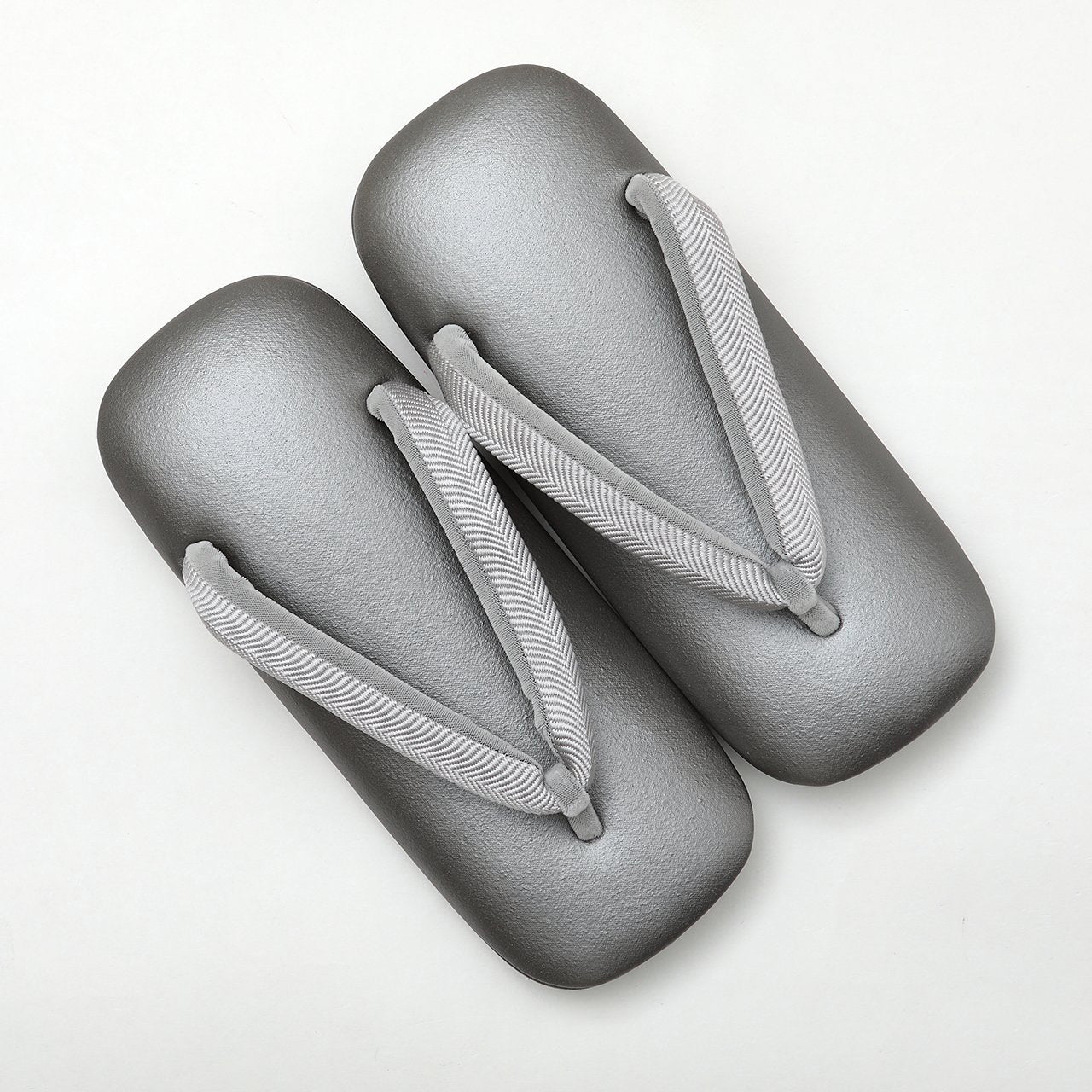 履物
履物
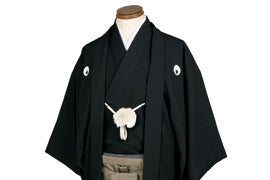 紋付
紋付
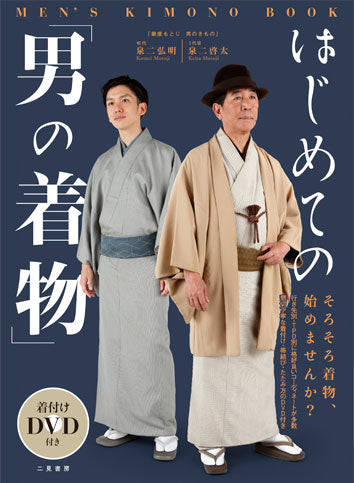 書籍
書籍
